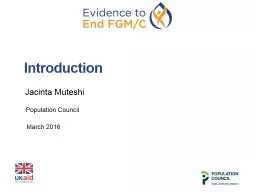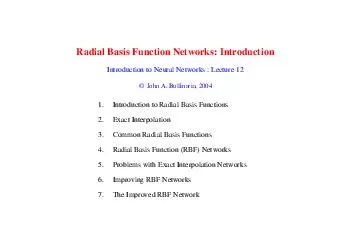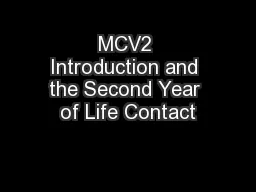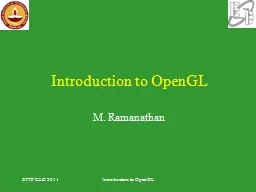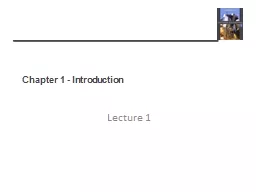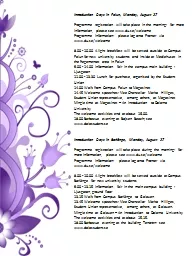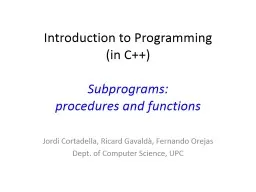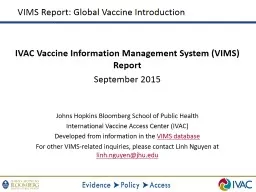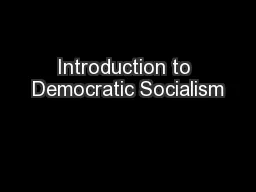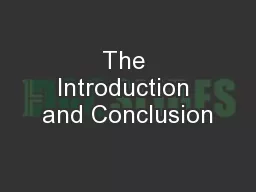PPT-Introduction Jacinta Muteshi
Author : trish-goza | Published Date : 2018-12-20
Population Council March 2016 Introduction Intensive Africaled advocacy in the past decade has led to widespread agreement on the need for intensifying efforts to
Presentation Embed Code
Download Presentation
Download Presentation The PPT/PDF document "Introduction Jacinta Muteshi" is the property of its rightful owner. Permission is granted to download and print the materials on this website for personal, non-commercial use only, and to display it on your personal computer provided you do not modify the materials and that you retain all copyright notices contained in the materials. By downloading content from our website, you accept the terms of this agreement.
Introduction Jacinta Muteshi: Transcript
Download Rules Of Document
"Introduction Jacinta Muteshi"The content belongs to its owner. You may download and print it for personal use, without modification, and keep all copyright notices. By downloading, you agree to these terms.
Related Documents

